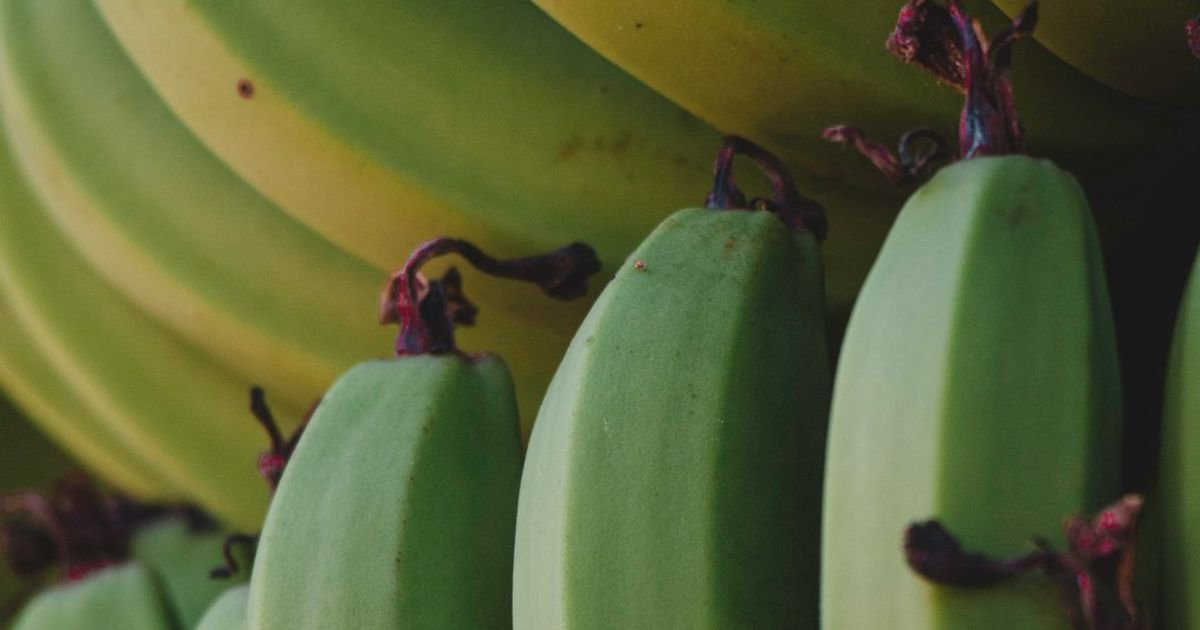About Prompt
- Prompt Type – Dynamic
- Prompt Platform – Google Gemini
- Niche – Virtual Try-On
- Language – English
- Category – Fashion
- Prompt Title – Use Nano Banana AI prompt to visualize different fashion styles on your photo
Prompt Details
This prompt is designed for Google Gemini to dynamically generate virtual try-on images using Nano Banana AI or similar technology. It aims to visualize different fashion styles on a user-provided photo while maintaining realism and control over the output.
**Prompt Structure:**
“`
/imagine [User-provided photo URL or uploaded image] wearing [Fashion Style Descriptor] [Garment Type] [Optional: Color/Pattern] [Optional: Brand/Designer] [Optional: Specific Details] with realistic lighting, textures, and pose preservation. Output should seamlessly integrate the clothing onto the provided image, maintaining natural folds, drapes, and shadows. [Control Parameters: Style Strength, Fit, Output Resolution].
/imagine [Follow-up prompts for variations and refinements]
“`
**Explanation and Best Practices:**
1. **Input Image:**
– Start with `/imagine` to initiate the image generation process in Google Gemini.
– Provide a clear, high-resolution image URL or upload the image directly. The quality of the input image significantly impacts the output realism. Ensure the subject is well-lit and poses clearly to facilitate accurate virtual try-on.
– Consider using a consistent background for easier blending and editing.
2. **Fashion Style Descriptor:**
– Use precise descriptors for the desired fashion style. Examples: “Bohemian,” “Streetwear,” “Business Casual,” “Evening Gown,” “Athleisure,” “Vintage,” “Grunge,” “Preppy,” “Minimalist,” “Maximalist.”
– Explore combinations for nuanced styles, e.g., “Bohemian Chic,” “Modern Minimalist.”
3. **Garment Type:**
– Specify the type of clothing you wish to visualize. Examples: “Dress,” “Shirt,” “Jeans,” “Jacket,” “Skirt,” “Suit,” “Hoodie,” “Sweater,” “Coat,” “T-shirt,” “Blazer.”
– Be specific about the garment subtype: “A-line skirt,” “Bomber jacket,” “Skinny jeans.”
4. **Optional Modifiers:**
– **Color/Pattern:** “Red floral print,” “Navy blue stripes,” “Pastel pink,” “Black leather.”
– **Brand/Designer:** “Gucci,” “Chanel,” “Zara,” “H&M.” This can help the AI understand specific design aesthetics.
– **Specific Details:** “V-neck,” “Long sleeves,” “Cropped,” “High-waisted,” “Embroidered.” This adds fine-grained control.
5. **Realism and Integration:**
– Explicitly request “realistic lighting, textures, and pose preservation.” This guides the AI to generate believable results.
– Emphasize “seamless integration,” “natural folds, drapes, and shadows” to enhance the virtual try-on’s visual fidelity.
6. **Control Parameters:**
– **Style Strength:** Use phrases like “subtle style integration” or “strong style influence” to control how prominently the chosen style is reflected.
– **Fit:** Specify “tight fit,” “loose fit,” or “regular fit” to customize how the garment drapes on the body.
– **Output Resolution:** Request “high-resolution output” or specify desired dimensions (e.g., “1080×1920”) for better quality.
7. **Follow-up Prompts:**
– Use follow-up prompts to refine and iterate on the initial output. Examples:
– `/imagine the same outfit but in green.`
– `/imagine a different style of dress, perhaps a maxi dress with a floral print.`
– `/imagine the jacket with a slightly looser fit.`
– `/imagine the same outfit but from a different angle.`
**Example Prompts:**
* `/imagine [Photo URL] wearing a Bohemian style maxi dress with a floral print and a brown leather belt, with realistic lighting, textures, and pose preservation. Output should seamlessly integrate the clothing onto the provided image, maintaining natural folds and drapes. Style strength: moderate. Fit: loose.`
* `/imagine [Uploaded image] wearing a Business Casual style blazer and pantsuit in navy blue, by Hugo Boss, with realistic lighting and pose preservation. Output should be high resolution (1920×1080). Fit: regular.`
* `/imagine the same outfit but in a lighter shade of blue and with a white blouse underneath.`
By using this structured and detailed prompt template, you can effectively leverage Google Gemini and Nano Banana AI (or similar virtual try-on technologies) to generate realistic and customizable fashion visualizations. Remember to experiment with different keywords and parameters to achieve the desired results.

